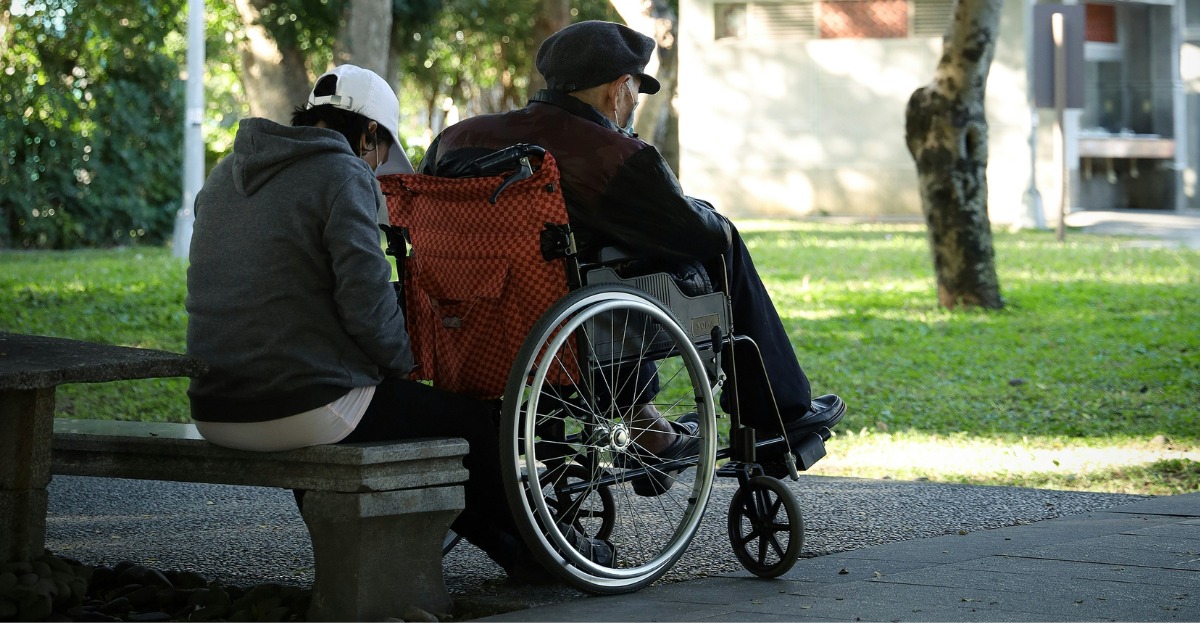Of all her many skills, it is Rita Porreca’s skill at camouflage which she is most proud of.
One of the country’s leading practitioners of permanent make-up, in recent years the master trainer for cosmetic tattooing has turned her attention to assisting those who have undergone physical trauma with the opportunity to heal from the outside in.Her day-to-day job involves repairing post-operative scarring in cancer or burns patients, creating new brows and hairlines for clients living with Alopecia or autoimmune diseases and working alongside mastectomy patients to create new areoles on their breasts.
She says patients often view having such life-altering procedures as an opportunity to move forward with their lives.
“It has given me great joy helping ladies after breast cancer. My treatment is like the last step of an awful journey; to recreate areola colouring is giving them a new start to their journey so they can put it all behind them.”
Tina Viney, the CEO of industry body Aesthetics Practitioners Advisory Network (APAN), describes such procedures as both rewarding and “a life-saver for self-esteem”.
“It is extremely rewarding both for the practitioner and the patient to gain some level of normality to their life. Often the patients are moved to tears of joy when they see the results.”
A science and an art
Cancer and chemotherapy patients often come to see specialists such as Porreca after losing their hair, eyebrows or eyelashes.“When it comes to scarring from burns or other accidents a technique called multi-tripanic attenuation is used to breakdown the scar tissue and relax it for greater flexibility and comfort for the patient, as well as for softening of the scar so that it can be further treated with other modalities such as laser,” Viney says.
Going from strength to strength
Paramedical cosmetic tattooing has existed in Australia for over 20 years, however, with the increase in breast cancer cases in recent years it has evolved into a specialised area of practice.Still considered a relatively new offering in Australia, Porreca says on any given day around 30 per cent of her clientele are patients who have endured some form of physical trauma.
Viney says medical tattooing has expanded extensively over the past five years and organisations such as hers are seeing more and more practitioners wishing to specialise in this area.
Ways to contain risk
While every medical and cosmetic tattooing procedure has a degree of risk, qualified technicians work closely with patients to ensure a consultation takes place on what they want to achieve with medical tattooing before procedures are undertaken.Viney says it is vital that individuals considering undergoing such treatments identify a professional cosmetic tattooist who has the experience and knowledge to colour match their skin correctly.
It is also worthwhile asking to view their portfolio of before and after work, asking to be put in touch with previous patients about their experience and ensuring they have full medical malpractice insurance.


.png?width=2400&height=1246&ext=.png)

